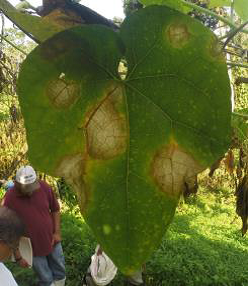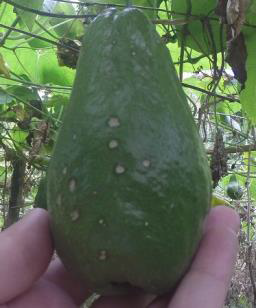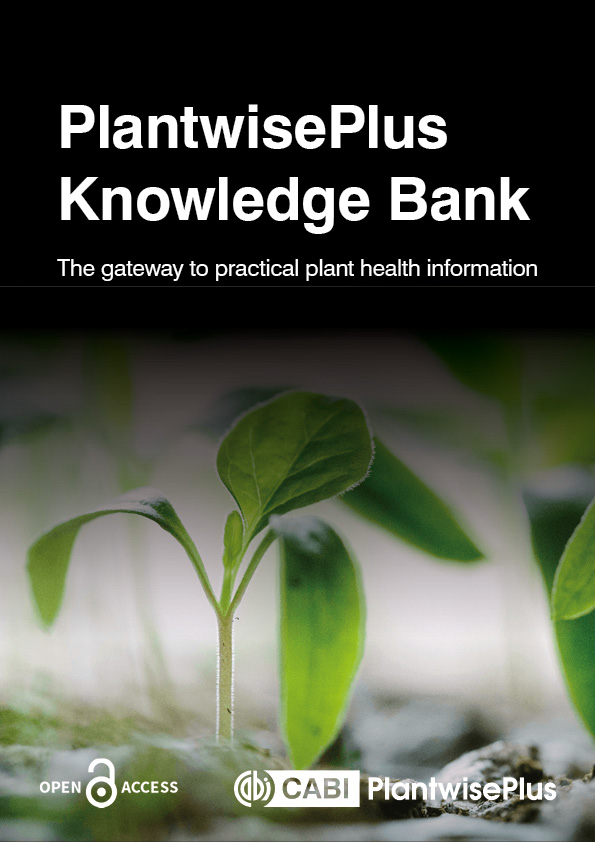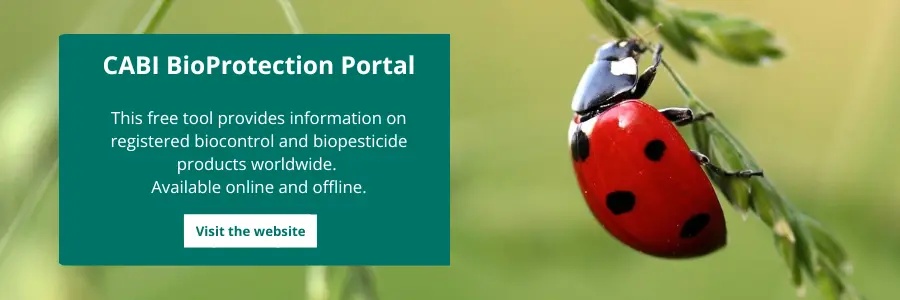Gummy Stem Blight on Christophene (Sechium edule)-Trinidad and Tobago.: Didymella bryoniae (Anamorph: Phoma cucurbitacearum);
 Smart Citations
Smart CitationsSee how this article has been cited at scite.ai
scite shows how a scientific paper has been cited by providing the context of the citation, a classification describing whether it supports, mentions, or contrasts the cited claim, and a label indicating in which section the citation was made.
Pictures


Prevention
Monitoring
Direct Control
Restrictions
Direct Control
Tebuconazole and Triadimenol
Boscalid and Pyraclastrobin
Chlorothalonil
Carbendazim
Indexing Terms
Descriptors
- antibiotics
- boscalid
- burning
- carbendazim
- chemical control
- chlorothalonil
- control
- copper
- copper fungicides
- copper oxychloride
- crop density
- cultural control
- disease control
- extension
- fungal diseases
- fungicides
- irrigation
- monitoring
- pathogenicity
- pathogens
- pest management
- pesticides
- pests
- plant density
- plant disease control
- plant diseases
- plant pathogenic fungi
- plant pathogens
- planting stock
- pruning
- pyraclostrobin
- seed treatment
- seeds
- spacing
- tebuconazole
- triadimenol
- trickle irrigation
Organism Descriptors
Identifiers
Geographical Location
Broader Terms
- Didymellaceae
- Pleosporales
- Dothideomycetes
- Pezizomycotina
- Ascomycota
- fungi
- eukaryotes
- Didymella
- Cucurbitaceae
- Cucurbitales
- eudicots
- angiosperms
- Spermatophyta
- plants
- Sechium
- ACP Countries
- Caribbean Community
- Commonwealth of Nations
- high Human Development Index countries
- high income countries
- Lesser Antilles
- Antilles
- Caribbean
- America
Information & Authors
Information
Published In

Applicable geographic locations
Copyright
History
Language
Authors
Metrics & Citations
Metrics
SCITE_
 Smart Citations
Smart CitationsSee how this article has been cited at scite.ai
scite shows how a scientific paper has been cited by providing the context of the citation, a classification describing whether it supports, mentions, or contrasts the cited claim, and a label indicating in which section the citation was made.
Citations
Export citation
Select the format you want to export the citations of this publication.
EXPORT CITATIONS

